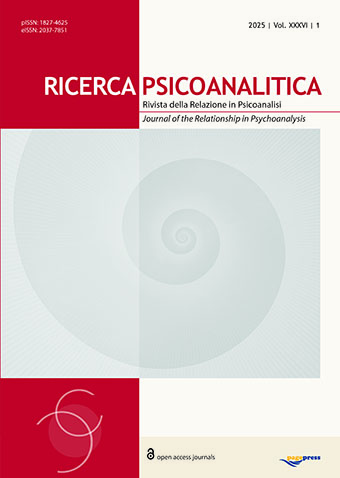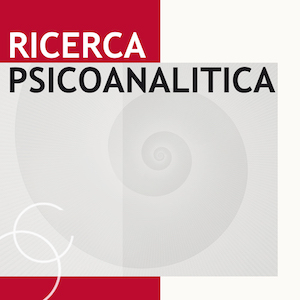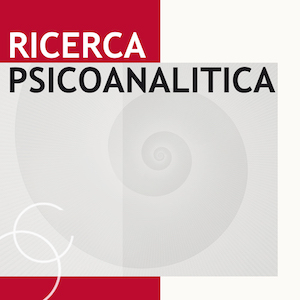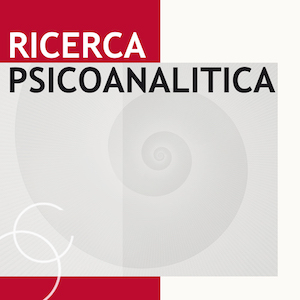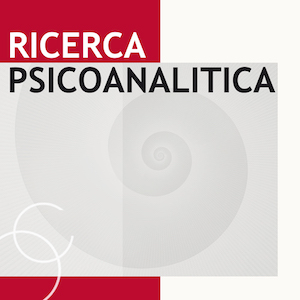Traumatic sexuality: a dialogue between neuroscience and psychoanalysis
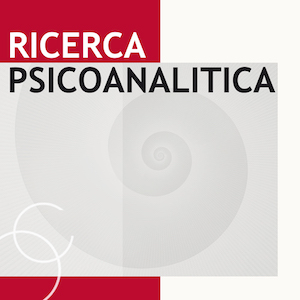
All claims expressed in this article are solely those of the authors and do not necessarily represent those of their affiliated organizations, or those of the publisher, the editors and the reviewers. Any product that may be evaluated in this article or claim that may be made by its manufacturer is not guaranteed or endorsed by the publisher.
Authors
This paper explores the complex relationship between childhood sexual abuse and the development of sexual dysfunctions in adulthood through an integrated lens that brings together psychoanalysis, neuroscience, and sexology. Traumatic experiences of abuse can disrupt the vital connection between mind and body, often resulting in dissociative symptoms and somatic pathologies. Within the sexual domain, these traumas may resurface as painful memories, dissociation, or sexual dysfunctions. Neuroscientific insights – particularly those concerning autonomic dysregulation and implicit memories – highlight how trauma is inscribed in the body, offering clinical guidance that complements psychoanalytic theory. Building on the contributions of Freud, Ferenczi, and contemporary authors such as Mucci, the paper underscores the importance of therapeutic approaches that address both the psychological and bodily dimensions of trauma. The analytic relationship, grounded in safety, empathy, and right-brain mirroring, can help restore a sense of self, agency, and relational intimacy. Ultimately, psychoanalytic therapy can facilitate the integration of dissociated experiences, enabling deep empowerment and a return to a more unified and embodied subjectivity.
How to Cite

This work is licensed under a Creative Commons Attribution-NonCommercial 4.0 International License.
PAGEPress has chosen to apply the Creative Commons Attribution NonCommercial 4.0 International License (CC BY-NC 4.0) to all manuscripts to be published.

